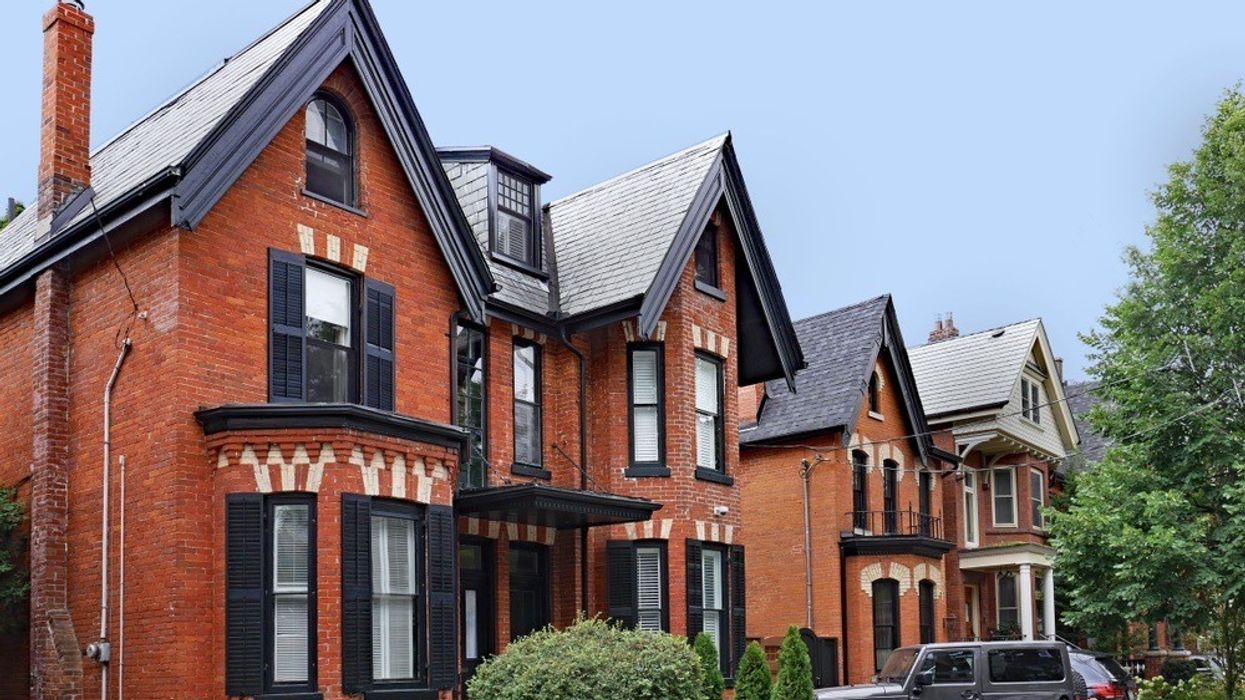The average price of a Greater Toronto Area home has surged by 453% in the 25 years between 1996 and 2021, according to a report from RE/MAX Canada.
With over two million homes sold during the period, the totality of which RE/MAX estimates is north of $2T, the average price of a home rose from $198,150 to $1,095,475 last year. Limited housing supply relative to demand is, of course, the reason home prices have surged in recent years, but to put it in context, over the 25-year period, the GTA’s population grew by 45%, or 4,263,759 people, to reach 6,202,225 in 2021.
Largest Price Gains Occurring Outside the 416
York Region led the gains with an astounding 874.9% increase in value from $132,444 in 1996 to $1,291,217 in 2021, followed by to Durham Region home values rising by 507.6% from $152,353 to $925,710. Peel Region home prices grew by $495.9% to $1,052,438 last year from $176,599 in 1996.
Read: Average GTA Home Prices Forecast to Rise Another 12% This Year
In the 416, Toronto East saw the largest price gains, surging by 468.4% to $997,195 in 2021 from $175,442 25 years earlier, followed by Toronto West where values rose by at 451.2%, to $1,000,478 from $181,504, and Toronto Central, which only increased by 301.3% to $1,114,404 from $277,714.
New construction has driven sales in Halton, Durham Regions, as well as Peel and York Regions, which are both approaching build-out. First-time homebuyers also played outsized roles in 905, where lots are smaller and there’s easy highway and GO Train access, and over two and a half decades, sleepy communities like Milton, Whitby, Clarington, East Gwillimbury and Innisfil have become livelier.
But the shift from freehold to high-density homes isn’t just occurring in the 416. In Central Toronto, condos and townhomes comprise 76% of all sales, according to Toronto Regional Real Estate Board data, but condos account for one in two sales in landlocked Mississauga. Brampton, York Region (particularly around the Vaughan Metropolitan Centre) and Pickering’s City Centre will also see more condominium development in the coming years, promising to change the complexion of the GTA over the next 25 years.





















